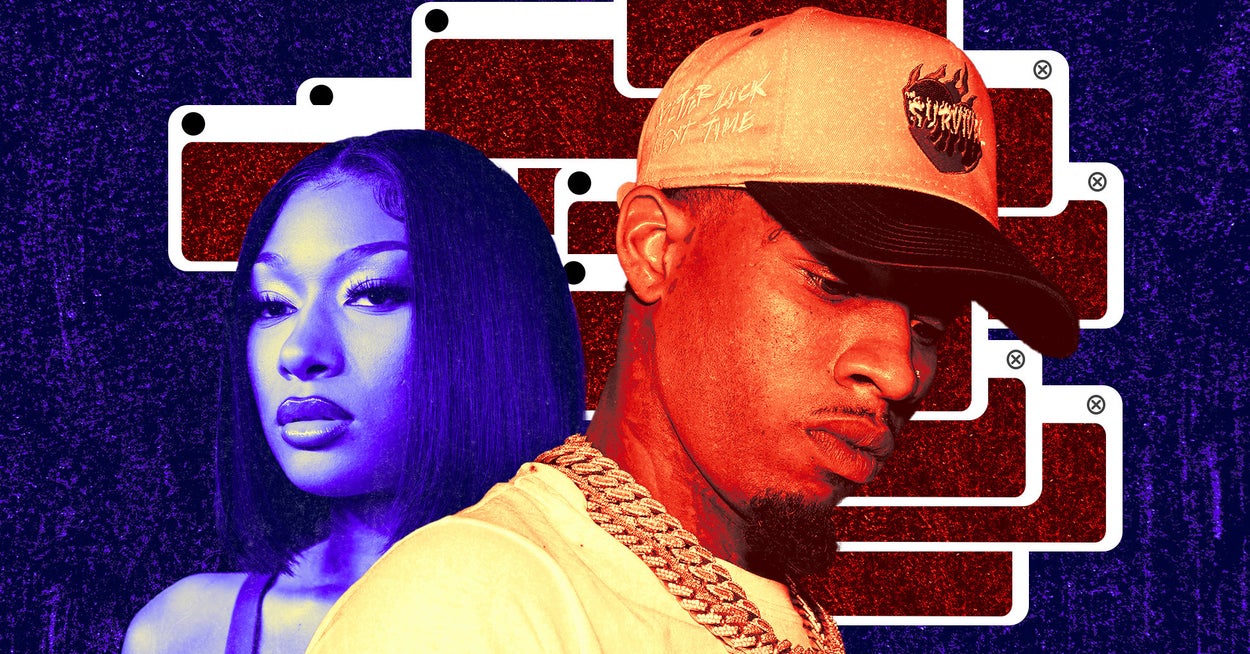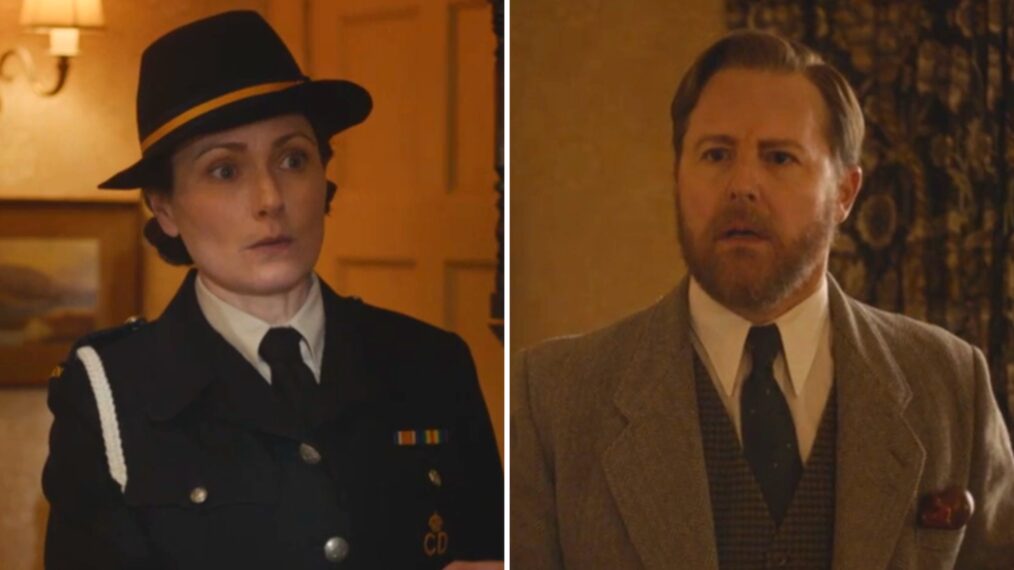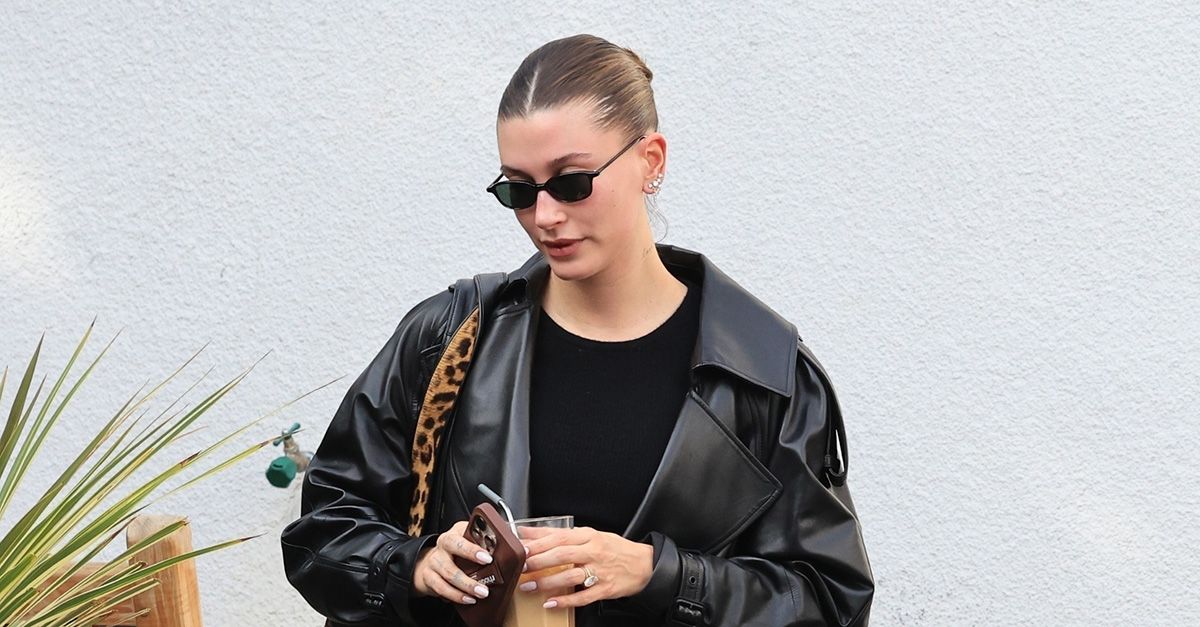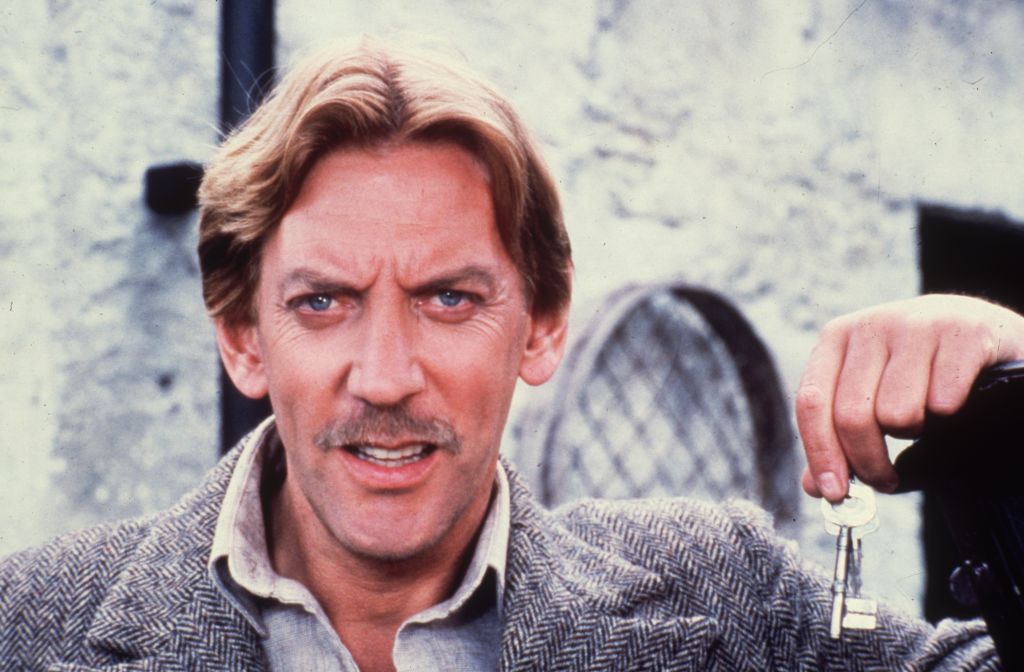Since the day rapper Megan thee Stallion — née Megan Pete — revealed that she was shot during an argument on the way back from a party at Kylie Jenner’s house back in July 2020 and named Tory Lanez as the culprit, she has remained under endless public scrutiny. Her decision-making on that fateful night, the speculated series of events that placed her in such a precarious position, her recollection of what happened, and available footage have been parsed through with such a fine-tooth comb, you would think that Megan was on trial, despite the official name of the current legal proceedings: the People of the State of California v. Daystar Peterson (Lanez’s given name). Lanez has been charged with assault with a semiautomatic handgun, carrying a loaded, unregistered firearm in a vehicle, and discharging a firearm with gross negligence. He has pleaded not guilty and faces up to 22 years in prison if convicted. Jurors are currently deliberating, but some unverified blogs have prematurely announced a not guilty verdict for Lanez.
Originally, Lanez and his supporters claimed Megan was never shot in the first place, after she admitted in a CBS interview that, since this was soon after police murdered George Floyd and the LAPD was continuously clashing with protesters, she told authorities she had stepped on broken glass instead of being shot back in 2020.
Lanez fueled those claims with the opening track of his 2020 album, Daystar, “Money Over Fallouts”: “Gotta see a couple questions / How the fuck you get shot in your foot / Don’t hit no bones or tendons?” Lanez then continued to sow mistrust in the court of public opinion, rebuffing text evidence of his apology by tweeting a counternarrative of a love triangle between himself, Meg, and her former assistant and best friend, Kelsey Harris: “Good D**k had me f***ing 2 best friends …. and I got caught.” What has ensued has been two years of endless speculation and rumor-mongering through a network of blogs, influencers, and high-profile social media platforms in the lead-up to the trial, all working to perpetuate a conspiratorial premise of a Black man being railroaded into a criminal conviction.
The strength of Lanez’s support seemingly trumps his reach as an entertainer: The artist has never had a No. 1 debut for any of his nine projects that charted on the Billboard 200, and has never made it to the top 10 of the Hot 100 with any single where he’s the lead artist. There are a few caveats to that: Jack Harlow’s “Whats Poppin (Remix),” which features Lanez, landed at No. 2; Lanez’s Chixtape 5 also topped the R&B charts on its debut week. To truly understand his cultural foothold, you’ve got to consider his Instagram live venture called Quarantine Radio. It was a boisterous digital experience that was part shock jock banter, part burlesque show that regularly garnered approximately 400,000 viewers on Instagram Live and quickly gained him 2 million followers. Celebrities and entertainers, from 21 Savage to Chris Brown to Swizz Beatz and DMX, would regularly appear in the chat and occasionally jump onto the Live. Drake came on and the Live broke 300,000 streams for the first time; Lizzo came on and collected her flowers for the fellow BBWs who loved to twerk. It maximized the parasocial relationship between viewers and their favorite artists while capturing the essence of “demon time,” the wave of illicit Instagram strip clubs that inundated the app untiI Instagram unceremoniously shut many of those accounts and Quarantine Radio for violating community guidelines.


























































![Mason Ramsey – Twang [Official Music Video] Mason Ramsey – Twang [Official Music Video]](https://i.ytimg.com/vi/xwe8F_AhLY0/maxresdefault.jpg)






















